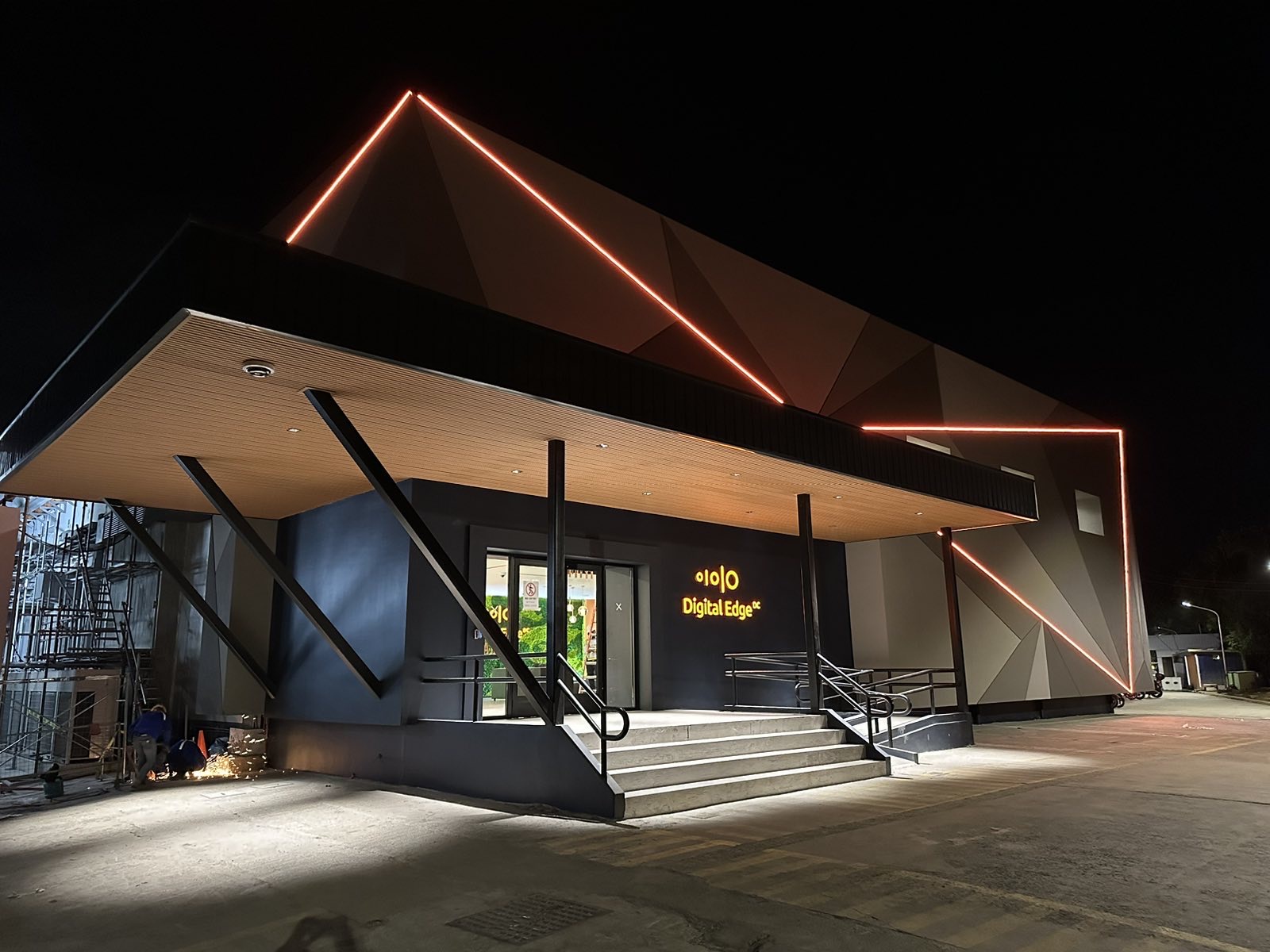
Narra 1 data center in Manila. (Photo: Digital Edge)
The Philippines' Department of Information and Communications Technology (DICT) estimates that the total capacity of the country's data centers is expected to grow fivefold by the end of 2025, reaching 300MW. However, given the significant power consumption of data centers, energy efficiency has been a constant concern. The Philippines' largest data center, Narra 1, claims to be the most energy-efficient in Asia, utilizing innovative cooling technology.
Narra 1, which was just commissioned in March of last year (2023), is a joint venture between the Philippine technology and real estate family business Threadborne Group and the Singapore data center platform Digital Edge. Despite its modest 10MW capacity, significantly smaller than major players in Europe and the United States, Narra 1 is comparable to global standards in key energy-saving technologies.
Jay Park, Chief Development Officer of Digital Edge, stated that the new data center is leading its Asian counterparts by a considerable margin, thanks to a substantial lower power consumption level that ultimately translate to lower costs for the firm and lower prices for clients. "I must say Narra 1 is the most energy-efficient data center in Asia," added Park.

(Photo: Digital Edge)
According to Digital Edge's data, the average Power Usage Effectiveness (PUE) of the latest data centers in Asia is 1.55. In contrast, Narra 1 boasts a PUE of less than 1.2, reaching as low as 1.16. PUE is the ratio of the total power consumed by the data center compared to the power that is delivered to IT equipment." A lower PUE value indicates lower facility power consumption, with the ideal ratio being 1.0, meaning all the data center's power is used for computing.
Park further explained that Digital Edge's technology involves the use of a special membrane. When the coolant (usually water) passes through the membrane, heat exchange occurs, and the cooled water flows out from the other end. This cooled water is then circulated through pipes to cool servers, prevent heat damage. "We can lower the temperature by 14°C. It's a form of natural cooling, requiring only a small pump, and slower flow is better. If it still overheats, we activate the auxiliary cooling system," said Park.
He also mentioned that this cooling technology is so efficient that during testing in January last year, there was no need to activate the auxiliary cooling system. As the trend towards digitization continues and smartphones become increasingly versatile, the demand for more servers and data centers is expected to drive further innovations in cooling systems.




